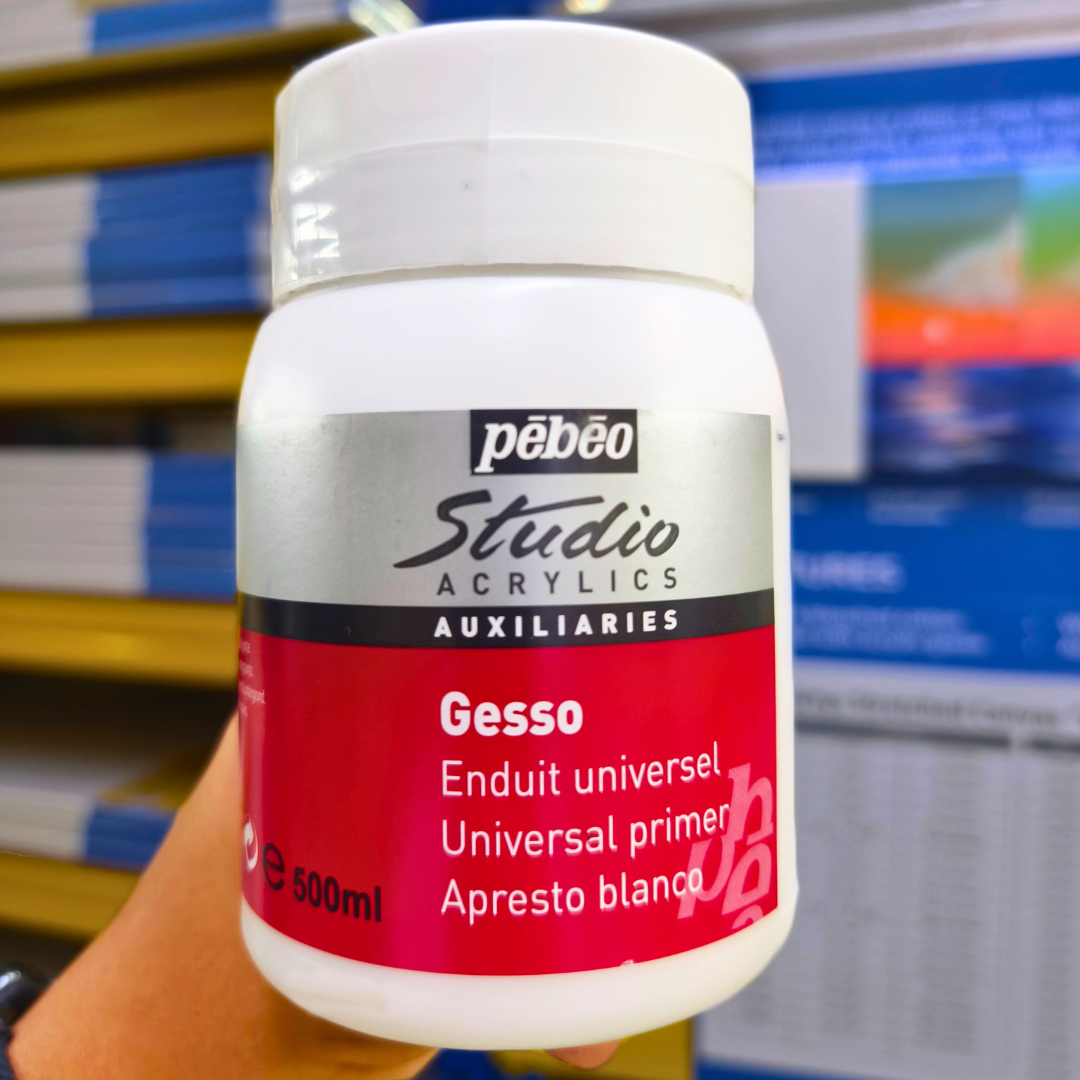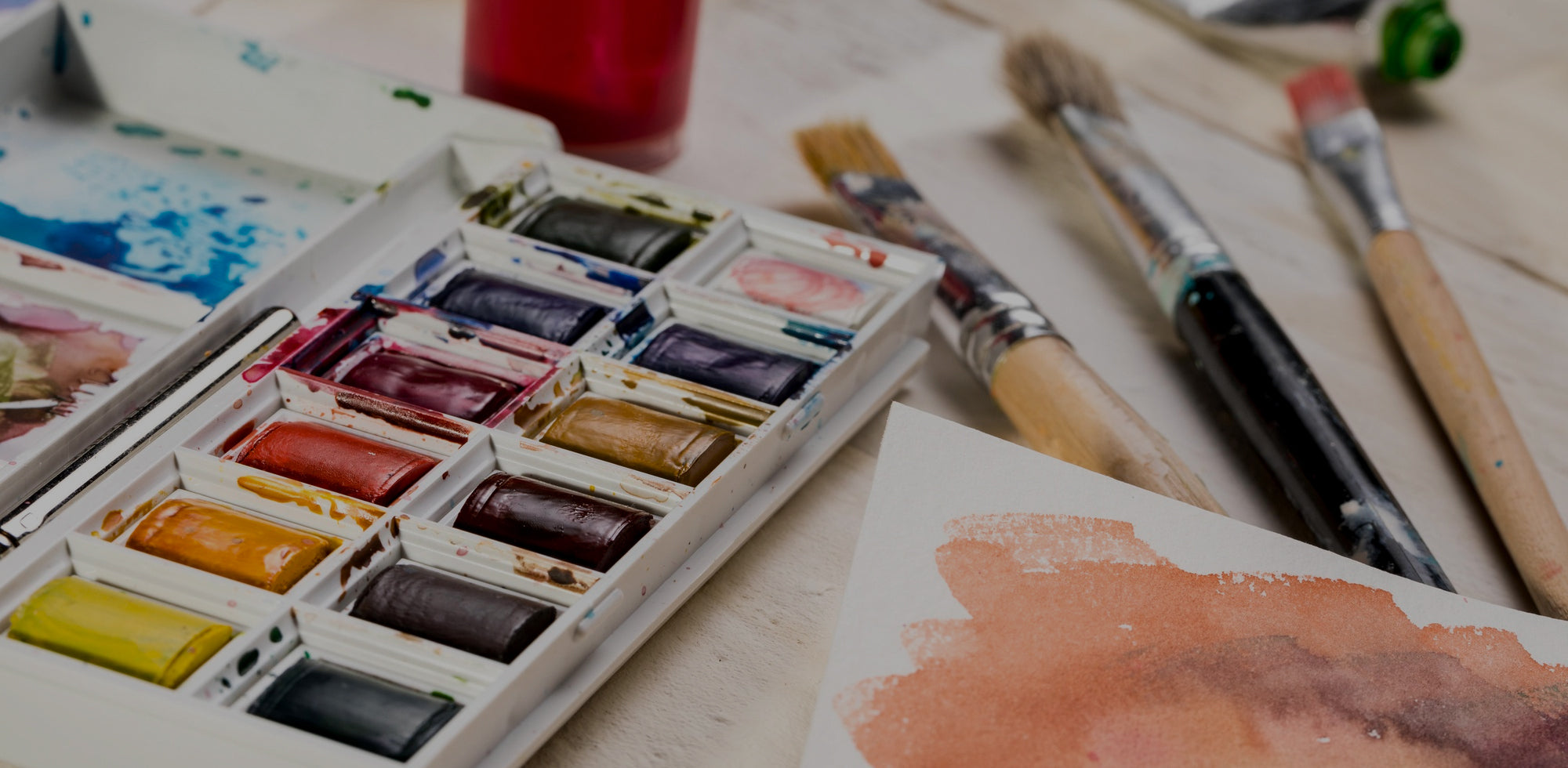Priming is the process of preparing a surface, such as canvas, before painting. It’s an essential step that improves how paint interacts with the surface, especially when working with oil paint or acrylics.
Priming typically involves applying a layer of gesso — a white, paint-like mixture made of acrylic polymer, chalk, and white pigment — onto the canvas.
Why Is Priming Important?
1. Sealing the Surface
Raw canvas is extremely absorbent. If you apply paint — especially oil paint — directly onto unprimed canvas, it can soak too deeply into the fibres. This causes dull colours, wasted paint, and long-term damage to the canvas.
Gesso acts as a sealant, forming a barrier that keeps the paint on the surface where it belongs.
2. Adding Texture (Tooth)
A layer of gesso gives the canvas a subtle roughness, often referred to as "tooth". This texture helps the paint stick better and improves brush control, coverage, and how well paint layers adhere to each other.
3. Controlling Paint Behaviour
A primed surface absorbs paint evenly, which allows it to dry consistently. Without primer, some areas of the canvas may dry faster or slower than others, making blending and layering difficult.

Rabbit-skin glue, pellets (left) and partially solved in water (right) by Simon A. Eugster
Fun Fact: Before Gesso, There Was Rabbit Skin Glue
Before modern acrylic gesso became popular, artists during the Renaissance used rabbit skin glue to prime their canvases. This natural glue helped seal the surface and provided a base for traditional gesso (which was made from the glue and chalk). However, it dries brittle and is sensitive to humidity, making it less ideal for modern flexible canvas.
Conclusion
Priming might seem like a simple step, but it plays a big role in the quality and longevity of your artwork. Priming seals the surface, adds texture, and controls how paint behaves. Whether you're a beginner or experienced artist, taking the time to prime properly can make a noticeable difference in your painting results.






